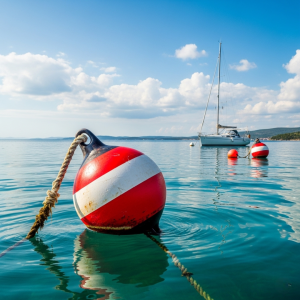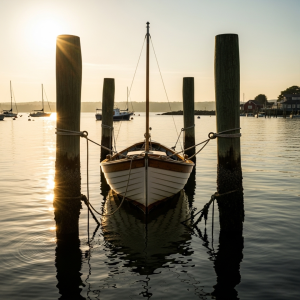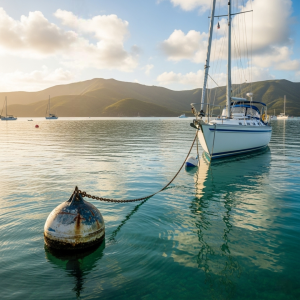How Do You Moor a Boat? Essential Tips for Safe Docking
If you’re new to boating or even have some experience under your belt, you’ve likely asked the question: how do you moor a boat properly? Mooring is one of the most important skills a boat owner can learn. It’s more than just tying up your vessel, it’s about ensuring your boat stays secure, protected, and in position regardless of the weather or water conditions. Without proper mooring, your boat is at risk of drifting, getting damaged, or causing harm to nearby vessels. This guide will walk you through essential mooring tips and techniques for safe, confident docking.
What Does It Mean to Moor a Boat?
Mooring is the process of securing your boat to a fixed object such as a dock, piling, or mooring buoy. It differs from anchoring, where your boat is held in place by an anchor dropped into the seabed. Mooring typically uses ropes (called lines), cleats, and fenders to keep the boat in place.
There are several common mooring methods:
- Dockside Mooring – Tying the boat alongside a dock or pier.

- Mooring Buoy – Attaching the boat to a buoy anchored to the bottom.

- Pile Mooring – Securing the boat between upright posts in the water.

- Swing Mooring – Tying to a single fixed point where the boat swings freely with the current or wind.

How to Moor a Boat: Step-by-Step Guide
- Get Prepared Early
Before you even begin your approach, prepare your dock lines and fenders. Assign clear roles if you have passengers helping out. Being ready in advance minimizes mistakes and stress. - Approach Slowly and at an Angle
Reduce speed and approach the dock at a 20–30 degree angle. A slow and steady approach gives you more control, especially when compensating for wind or current. - Take Wind and Current Into Account
Always check the direction of the wind and current. Ideally, approach against the wind or current to gain better control over your boat’s movement. - Use the Correct Docking Lines
Secure your boat using three types of lines:- Bow line – From the front of the boat to the dock.
- Stern line – From the back of the boat to the dock.
- Spring lines – Diagonal lines that prevent forward or backward drift.
- These lines work together to keep your boat snug and stable at the dock.
- Tie Securely With Proper Knots
Use marine-grade rope and secure it to dock cleats or bollards using reliable knots such as the cleat hitch. Your lines should be firm but allow for a bit of give to accommodate waves and movement. - Double-Check All Connections
Once the boat is moored, walk around and inspect all the lines. Make sure fenders are positioned correctly and that the boat isn’t rubbing directly against the dock.
Extra Tips for Safe Docking
- Practice in calm conditions – Don’t wait until it’s windy or busy to learn.
- Invest in quality gear – Strong ropes and durable fenders make a difference.
- Stay calm and communicate clearly – Most docking mishaps happen due to panic or miscommunication.
- Learn how your boat handles – Know how it responds to throttle and steering at low speeds.
So, how do you moor a boat the right way? The answer lies in preparation, using the correct lines and knots, adjusting for wind and current, and staying calm throughout the process. Whether you’re docking for an afternoon lunch or leaving your boat overnight, safe mooring protects your vessel and everyone around it.
Looking for a smarter, more convenient way to dock your boat? Dockstop helps boaters find, book, and manage docking spots with ease. With innovative features and a growing community of trusted marinas, Dockstop takes the guesswork out of mooring so you can spend more time enjoying the water and less time worrying about where to dock.
